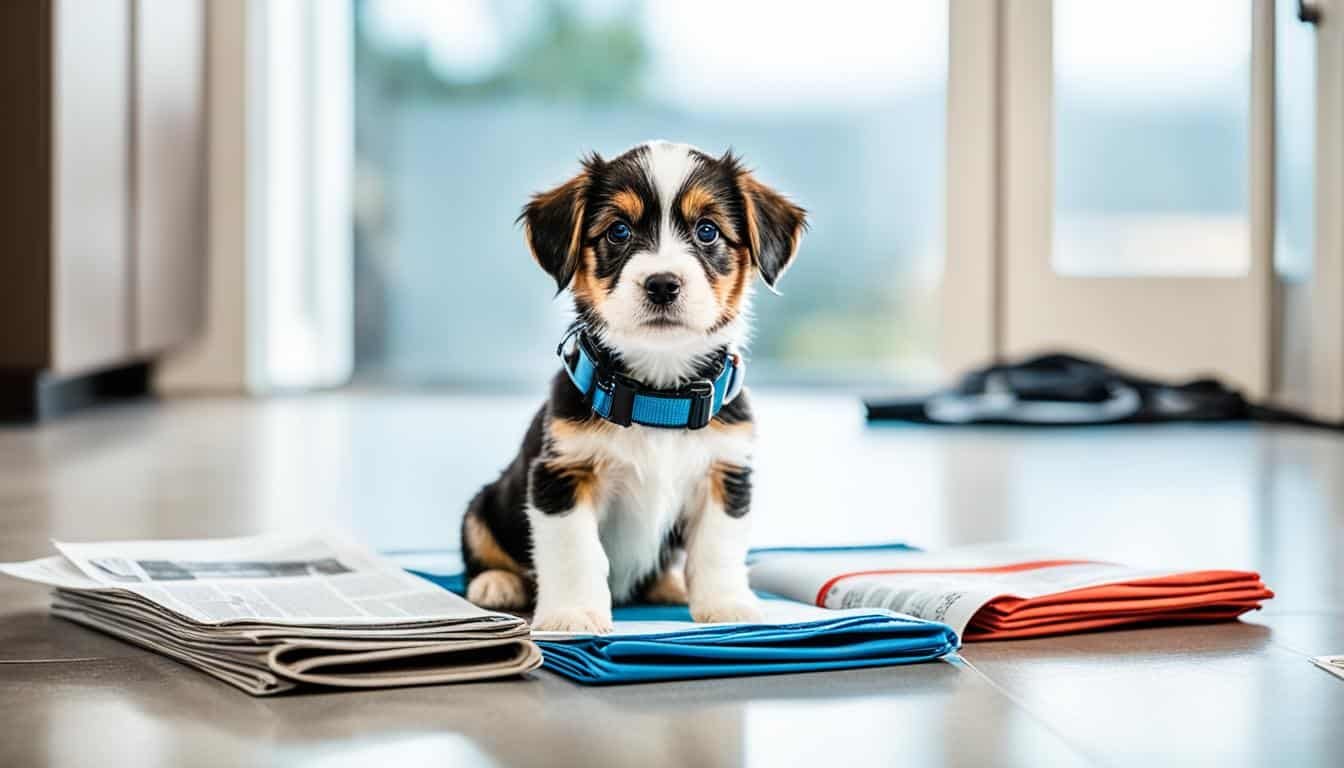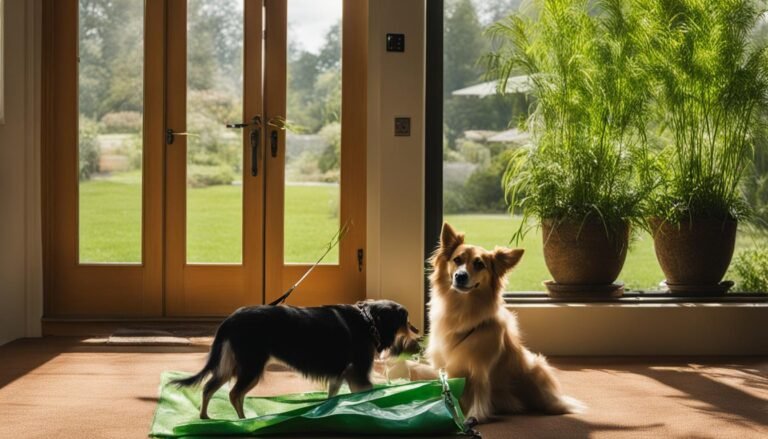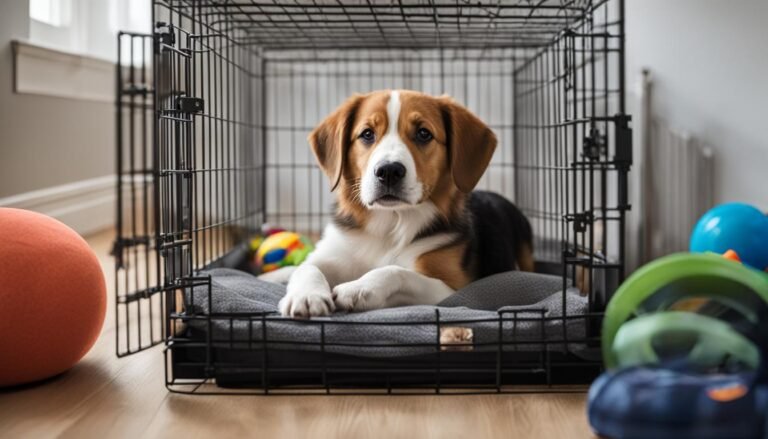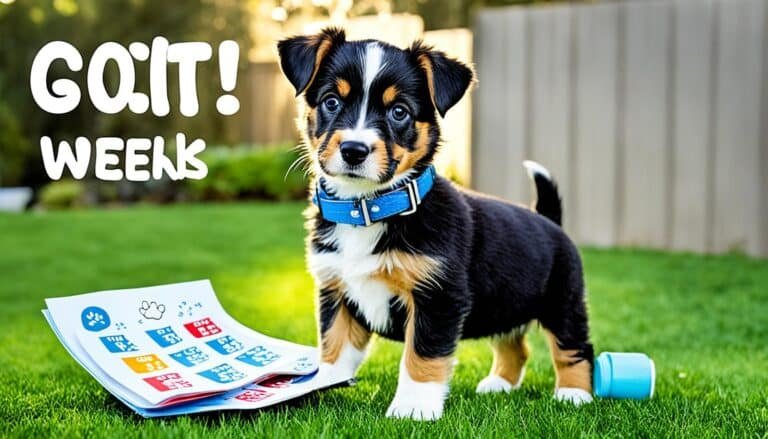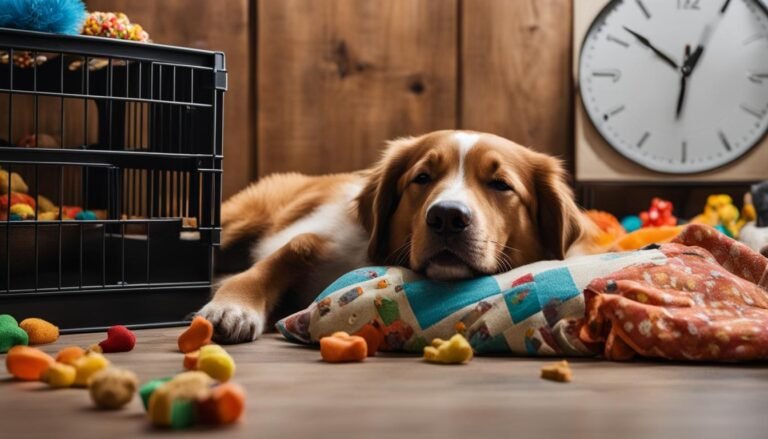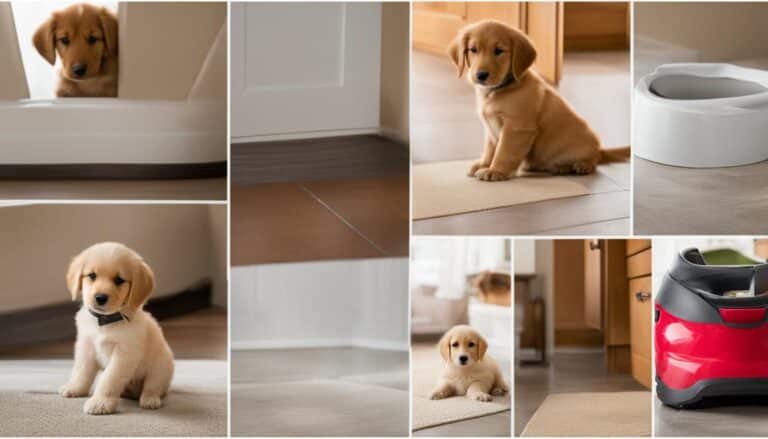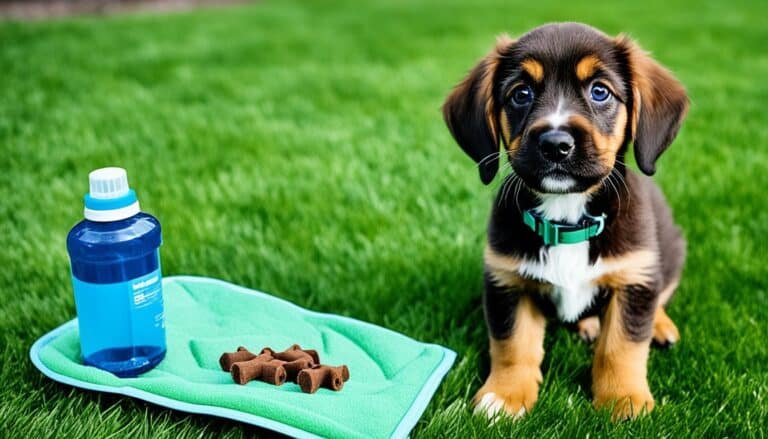When Should a Dog Be House Trained?
Bringing home a new pup is an exciting and heartwarming experience. The joy of having a furry companion by your side is unparalleled. But along with the endless cuddles and playtime comes the responsibility of house training your new furry friend. As a dog lover, I understand the challenges and rewards of this process firsthand.
When it comes to house training, timing is crucial. You want to start teaching your dog good potty habits as early as possible. But how do you know when the right time is? When should you begin the journey of house training your dog?
The optimal time to start house training your dog is when they are around 12 to 16 weeks old. At this age, puppies have better bladder and bowel control, making it easier for them to hold their urges and learn where to eliminate. However, it’s important to remember that every dog is different, and some may be ready earlier or may take a little longer to grasp the potty training concept.
During the house training process, consistency, patience, and positive reinforcement are key. It may take a few weeks or even a few months for your dog to fully grasp the concept of potty training. But with love, understanding, and a clear routine, you can guide them towards success.
In the following sections, we will explore different methods and schedules to help you set your dog up for potty training success. Whether you choose potty pad training, crate training, or a combination of methods, we will provide you with the guidance you need to create a harmonious home environment for both you and your furry friend.
So, let’s dive in and learn more about the best time to start house training a dog and the techniques that will set you and your four-legged companion up for success.
The Benefits of Potty Pad Training
If you’re a dog owner who works long hours or lives in an apartment, potty pad training can be a lifesaver. This method of house training is also helpful for small dogs in cold climates or dogs with mobility issues. By using designated potty pads or trays, you can create a convenient indoor potty area for your puppy.
To start potty pad training, choose a specific spot in your home for the potty pad. This could be a bathroom, laundry room, or any area with easy clean-up options. Place the potty pad in that spot and encourage your puppy to use it by placing some of their waste on it. This will help them associate the scent with the potty pad.
Consistency is key when potty pad training your puppy. Take them to the potty pad regularly, especially after meals, naps, and playtime. Whenever they successfully use the potty pad, be sure to praise and reward them with treats or verbal praise. This positive reinforcement will reinforce the desired behavior.
The Benefits of Crate Training
Crate training is an effective method for house training dogs. Dogs are den animals, and a crate can mimic their natural den, providing them with a sense of security and comfort. It also helps to confine your dog when unsupervised, ensuring they don’t eliminate indoors.
When crate training, it’s important to choose the right-sized crate for your dog. The crate should be just big enough for your dog to stand up, turn around, and lie down comfortably. This helps create a cozy den-like environment.
Gradually introduce your dog to the crate by making it a positive and comfortable space. Use treats and praise to encourage your dog to enter the crate willingly. Associate the crate with positive experiences, such as meal times or providing special toys or treats that they only get inside the crate.
As your dog becomes more comfortable with the crate, you can start to gradually increase the crate time. Begin with short intervals and gradually extend the duration. However, avoid leaving your dog in the crate for long periods as it can lead to anxiety and stress.
Providing ample opportunities for your dog to eliminate outside is essential during crate training. Take your dog outside as soon as you let them out of the crate, and praise and reward them when they eliminate in the appropriate spot. This reinforces the association between going outside and receiving positive reinforcement.
Crate training can also be beneficial for other purposes, such as confinement for safety, travel, or vet visits. It allows you to transport your dog safely and provides a familiar and secure space in unfamiliar environments.
Remember to always make the crate a positive and comfortable space for your dog. Never use the crate as a form of punishment. Crating should be a positive experience that helps with house training and provides a safe haven for your furry friend.

Establishing a Routine for Successful House Training
When it comes to house training your dog, establishing a routine is key. This will create consistency and help your dog understand when and where they should eliminate. By following a structured house training schedule, you can set your dog up for success and make the process smoother and more efficient.
Firstly, it’s important to remember that puppies have less bladder and bowel control than adult dogs. As a general guideline, puppies need to eliminate about once every one to two hours, with the frequency decreasing as they get older. For example, a two-month-old puppy may need to go outside every two hours, while a four-month-old may only need to go every four hours.
Start by taking your puppy outside first thing in the morning and right before bedtime. This will help them establish a routine and understand that these are the times for bathroom breaks. Additionally, take them outside after meals, playtime, naps, and any time spent in a crate. Consistency is key!
To further reinforce the routine, consider teaching your puppy a specific potty word or training them to sit on a rug by the door. This will help signal bathroom time and reinforce the desired behavior. Use positive reinforcement, such as treats or praise, whenever your puppy eliminates in the appropriate spot.
Remember, establishing a routine takes time and patience. Stick to the schedule and be consistent with your training methods. It’s normal for accidents to happen, especially during the initial stages of house training. Stay calm, clean up accidents properly to remove any lingering smells, and continue to reinforce good bathroom habits.
House Training Schedule for Dogs:
- First thing in the morning
- Before bedtime
- After meals
- After playtime
- After naps
- After time spent in a crate
By following a house training schedule and establishing a routine, you can effectively teach your dog where and when to eliminate. Remember to be patient, consistent, and provide positive reinforcement. With time and consistency, your dog will become fully house trained and enjoy a clean and well-behaved living environment.
Handling Accidents and Encouraging Good Habits
Accidents are a normal part of the house training process when housebreaking dogs. Instead of punishing your puppy for accidents, use them as teaching moments. Clean up accidents properly to remove any lingering smells and discourage repeat incidents. If you catch your puppy in the act, make a startling noise to interrupt them and take them outside immediately.
Be patient and provide plenty of praise and rewards when your puppy successfully eliminates outside. Avoid praising too quickly to prevent distractions. Supervision and consistency are essential for encouraging good bathroom habits.

- Use accidents as teaching moments
- Clean up accidents properly to remove smells
- Interrupt and take your puppy outside if caught in the act
- Provide praise and rewards for successful elimination outside
- Supervision and consistency are key to encouraging good habits
How to Use Crate Training Effectively
Crate training is a valuable tool for effectively house training your puppy. When used correctly, a crate can provide a safe and secure space for your dog while also aiding in their potty training. Follow these tips to ensure you are using crate training effectively:
Choose the Right-Sized Crate
It is essential to select a crate that is appropriate for your dog’s size. The crate should be spacious enough for your dog to comfortably stand up, turn around, and lie down in. However, it shouldn’t be too large as this might encourage your dog to eliminate in one corner and sleep in another. A crate divider can be used to adjust the space as your puppy grows.
Avoid Using the Crate as a Punishment
It’s important to create a positive association with the crate. Never use it as a form of punishment or confinement as this can lead to anxiety and negative behavior. Instead, make the crate a pleasant and inviting space by placing comfortable bedding and toys inside.
Take Your Puppy Outside After Crate Time
When letting your puppy out of the crate, immediately take them outside to their designated potty area. This will help reinforce the connection between crate time and potty time. Be patient and give your puppy ample time to eliminate. Remember to reward and praise them for going in the right spot.
Gradually Increase Time Outside the Crate
As your puppy becomes more reliable in their potty training, gradually increase the time they spend outside the crate. This can be done in small increments, allowing them to build their confidence and bladder control. Ensure that your puppy is supervised during this time to prevent accidents and continue reinforcing good bathroom habits.
Indoor Potty Training Methods
If you find yourself in a situation where taking your puppy outside for potty breaks is not always feasible, indoor potty training methods can be a practical solution. Whether you have physical limitations or live in an area with challenging weather conditions, there are options available to help you housebreak your new puppy.
Paper Training
One indoor potty training method is paper training. This involves designating a specific area in your home where your puppy can eliminate, such as a bathroom or laundry room. Lay down pet pee pads or layers of newspaper in the designated area. Encourage your puppy to use the papers by placing some of their waste on top. Over time, they will learn to associate the papers with going potty.
Doggie Litter Boxes
Another option for indoor potty training is using doggie litter boxes. These boxes are similar to litter boxes for cats but are designed specifically for dogs. Choose a tray with shallow sides and fill it with puppy-friendly litter or artificial grass. Place the litter box in a low-traffic area of your home, such as a utility room or balcony. Encourage your puppy to use the litter box by bringing them over after meals or when they show signs of needing to eliminate.
Whichever indoor potty training method you choose, consistency is key. Make sure to set a regular schedule for potty breaks, just as you would for outdoor potty training. Provide plenty of positive reinforcement and rewards when your puppy successfully uses their designated potty area. With time and patience, your puppy will learn the appropriate place to go potty, even indoors.
Tips for Establishing a Successful Potty Training Schedule
Implementing a potty training schedule is essential for successfully housebreaking dogs. By feeding your puppy at regular times, you can regulate their elimination schedule, making it easier to anticipate when they need to go potty.
Take your puppy out after meals, playtime, naps, and first thing in the morning and before bed. These are the times when they are most likely to need to eliminate. Additionally, pay attention to cues like sniffing or wandering, as these can indicate that your puppy needs to go potty.
Establish a designated potty spot and consistently take your puppy there. This helps them understand where they should go to relieve themselves. Remember to praise and reward your puppy when they go in the right spot, as positive reinforcement is an important part of the training process.
It’s also important to plan ahead for times when you have to leave your puppy alone. Adjust their crate time accordingly, making sure they have enough opportunities to go potty before being confined. And most importantly, be patient and understand that house training takes time and consistency. With the right schedule and positive reinforcement, your dog will learn to successfully use the appropriate potty areas in your home.
